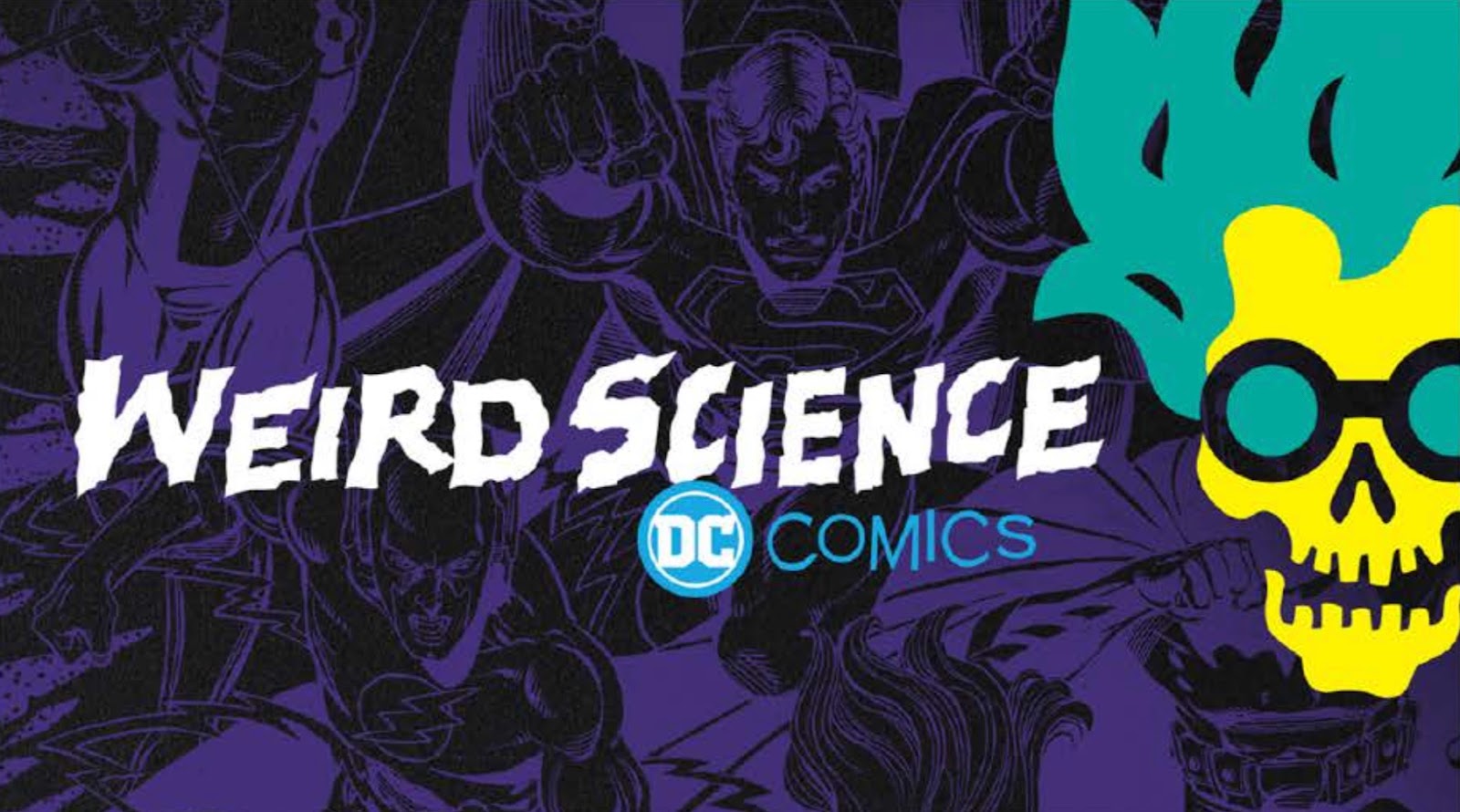Written by: Neil Gaiman and P Craig Russell
 Art by: P Craig Russell, Scott Hampton and Walt Simonson
Art by: P Craig Russell, Scott Hampton and Walt SimonsonPublished by: Dark Horse Comics
Price: $3.99
Not having read the novel on which it’s based, I can’t say for certain just how close to the book this comic adaptation of American Gods is, but I suspect it’s pretty faithful. The first two issues were something of a slow burn and, while this continues in this issue, at least what is smouldering slowly is interesting. This issue, while we still don’t know exactly what the enigmatic Mister Wednesday is up to, we do begin to get a clearer idea of the world in which our eponymous character, Shadow, has found himself. And it is pretty weird. And just a little bit scary.
This issue starts off exactly where the last issue left us. Shadow makes his way back to the motel, bumps into Mister Wednesday and tells him about his encounter with the strange fat kid in the limo. Wednesday says that he knows who the kid is and that “they don’t have a fucking clue”. I got the impression here that, at this point, Wednesday sees the fat kid as more of an irritant than a threat, but the narrative doesn’t give us time to dwell on that, as we see Shadow go back to his room and try to get to sleep and not think about his dead wife.
So, of course, she turns up. But not before Shadow has a satisfyingly weird, but oddly informative, dream. This is where Hampton’s understated art comes into its own. So realistic and grounded is his art normally that, when the narrative enters, as here, a dreamscape, the art feels just as ‘real’ despite its clearly fantastical subject matter – and it’s all the more disturbing for that. Shadow finds himself in a hall of statues, each statue representing a god who has been “forgotten” and “might as well be dead”. Then, he is shown a much larger collection of statues of gods whose names have been forgotten, too. These gods, presumably, have passed from the “might as well be dead” category into the “are actually dead” category. This is a useful – and memorable – bit of background provision. Gods can die. They have died in the past. Their deaths are connected with the process of being forgotten.
Shadow wakes up from his vision in something of a state and goes to the loo. When he comes back, he finds his dead wife sitting on his bed. This section is astonishingly well-written and incredibly disturbing, mostly because of the jarring juxtaposition of the dead Laura’s matter-of-fact honesty and the fact that, well, she’s dead, something that, again, the third person narration helps communicate very effectively. That third person narration lets the reader down a little, though, by telling rather than showing us that Shadow cries himself to sleep. Given Shadow’s taciturnity up to now, that display of emotion might have been a useful way to cement the character’s relationship with the reader. A minor gripe? Probably. It’s more or less forgotten as the narrative is interrupted by a rather nice vignette with art by Walt Simonson and Laura Martin.
Given that this 4-page section deals with the establishing of the Nordic pantheon in the New World, the choice of Simonson as artist is a bit of a no-brainer. After all, if you want anyone to portray this story’s version of Odin, Thor and Tyr, who better than the writer/artist of probably the best non-Kirby run on Marvel’s Thor title as well as his own criminally ignored (seriously, am I the only person reading it?) take on Norse mythology, Ragnarok? This, however, is Simonson in much more restrained mood, which is appropriate given that this is not a tale of heroism, but of, to use a timeworn phrase, a clash of cultures, faith and, ultimately, betrayal. It’s grim stuff and makes the point fairly eloquently that most religions are rooted in blood, violence and are, to a certain extent, tribal.
Bits and Pieces:
This issue delivers much more fantasy than the previous two and is all the better for it. As Shadow gets more and more entangled in Wednesday’s plans, the richness of Gaiman’s world is becoming clearer. Hampton’s art works well here and Simonson’s interlude is rather classy. This is entertaining, thought-provoking and, at times, disturbing storytelling. If you don’t mind the slow burn, it’s well worth your time.




No comments:
Post a Comment